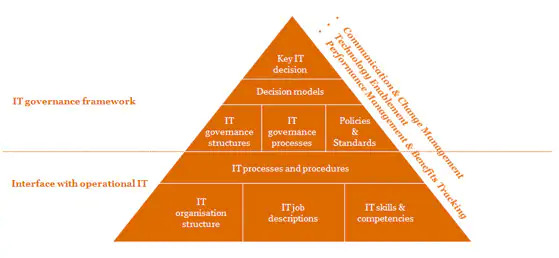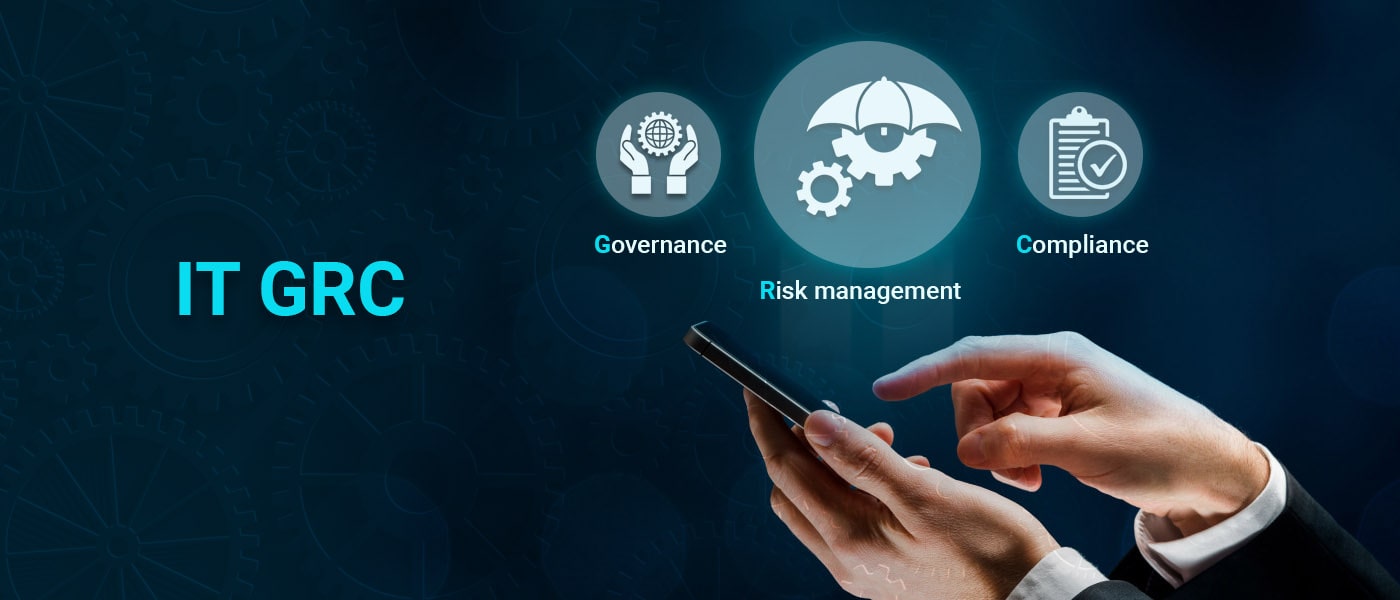GRC means governance, risk and compliance. And when you add IT in it, it becomes the governance, risk, compliance within the IT industry.
The process involves managing the enterprise risk management, regulations, governance and others.
When you have a composed GRC, it helps the decision-making process, reduces the miscommunication between different departments, and many more. The solution can be integrated in all the organizations, whether it is public or private. That makes it something exceptional; the solution helps in adopting a unified approach across the enterprise so that the risk management, governance and compliance initiatives are aligned rightly. Many organizations offer the different compliance activities such as the physical security reviews, policy exception management, PCI DSS reviews, IT and information security assessments, awareness training, Sarbanes-Oxley reviews, vulnerability analyses, policy exception management and others.
The three components in the IT GRC are:
Risk: This ensures that all the risks and opportunities related to the organization are identified at the right time and addressed so that it helps the business to reach its goal.
Governance: All the activities and processes related to the IT should be aligned the best way for the overall benefit.
Compliance: The processes and activities in an organization should be aligned to completely meet the regulations affecting the entire system. It should be seen that the data in the systems are secured the right way.
With an integrated GRC process approach, you could deploy a system for managing the governance. The entire approach improves the outcome in an organization as you get the process that works aligned with the company’s needs.

Just as you can see here, IT GRC here includes policies and standards, key IT decisions, decision models, IT governance structure, IT governance processes. While the interface with operational IT includes the IT organization structure, IT skills and competencies and others.
Many organizations look for business value from IT GRC. Now here, one needs to understand that the solution integrates the requirements of the different stakeholders in an organization. As we know, each stakeholder has different interests and the value, they get when the project becomes successful, so everybody’s interest should be looked into.
This helps improve the business performance at the right time as in the uncertain business conditions, the new technological advancement and regulatory changes, organizations need to seriously find ways that helps them sustain and thrive in the market.
The major advantages of IT GRC are that it involves the process, people and the latest solutions, technologies that help bring value to the organization.
Some of the different use cases of IT GRC are:
IT risk management:
As known, risk management has been one of the crucial topics among decision-makers in an organization. If you can’t manage a risk at the right time in an organization, you’re bound to fail after putting all the hard work into managing later things. The entire process goes first in identifying the risks, next going on to analyzing the risk, then prioritizing the risk such as which one needs to be resolved first, then implementing it; finally everything is monitored.
IT policy management:
In this, you could see the governance, policy lifecycle management. It helps develop IT policies that help fit the compliance and the regulatory standards.
IT compliance management:
It includes the configuration management, control testing and others. It’s main goal is to check whether the processes in an organization are working efficiently in compliance with the government standards and policies.
Benefits of IT GRC:
- Greater agility
- Streamlined management
- Enhanced collaboration process
- Stability
- Transparency
- Consistency

